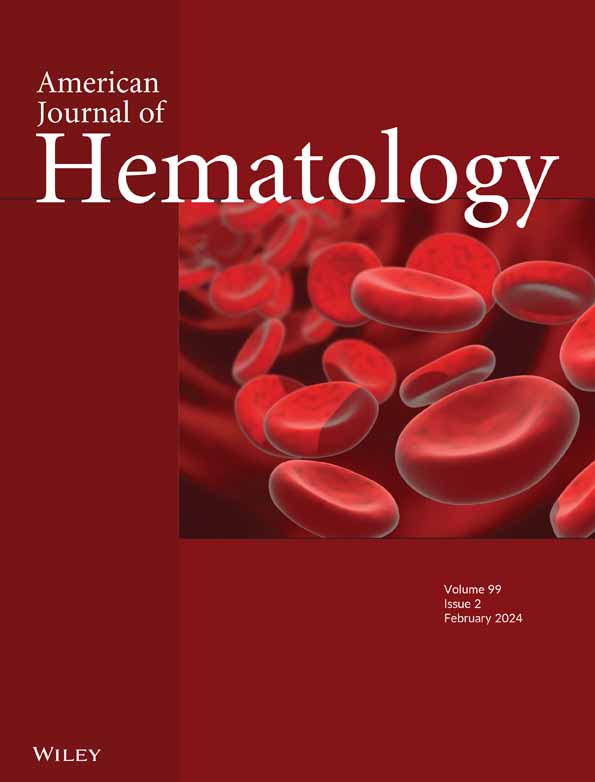Chronic Lymphocytic Leukemia: 2025 Update on the Epidemiology, Pathogenesis, Diagnosis, and Therapy
Abstract
Disease Overview
Chronic lymphocytic leukemia (CLL) is the most frequent type of leukemia. It typically occurs in older patients and has a highly variable clinical course. Leukemic transformation is initiated by specific genomic alterations that interfere with the regulation of proliferation and apoptosis in clonal B-cells.
Diagnosis
The diagnosis is established by blood counts, blood smears, and immunophenotyping of circulating B-lymphocytes, which identify a clonal B-cell population carrying the CD5 antigen as well as typical B-cell markers.
Prognosis and Staging
Two clinical staging systems, Rai and Binet, provide prognostic information by using the results of physical examination and blood counts. Various biological and genetic markers provide additional prognostic information. Deletions of the short arm of chromosome 17 (del(17p)) and/or mutations of the TP53 gene predict a shorter time to progression with most targeted therapies. The CLL international prognostic index (CLL-IPI) integrates genetic, biological, and clinical variables to identify distinct risk groups of patients with CLL. The CLL-IPI retains its significance in the era of targeted agents, but the overall prognosis of CLL patients with high-risk stages has improved.
Therapy
Only patients with active or symptomatic disease or with advanced Binet or Rai stages require therapy. When treatment is indicated, several therapeutic options exist: combinations of the BCL2 inhibitor venetoclax with obinutuzumab, or venetoclax with ibrutinib, or monotherapy with one of the inhibitors of Bruton tyrosine kinase (BTK). At relapse, the initial treatment may be repeated if the treatment-free interval exceeds 3 years. If the leukemia relapses earlier, therapy should be changed using an alternative regimen.
Future Challenges
Combinations of targeted agents now provide efficient therapies with a fixed duration that generate deep and durable remissions. These fixed-duration therapies have gained territory in the management of CLL, as they are cost-effective, avoid the emergence of resistance, and offer treatment free time to the patient. The cure rate of these novel combination regimens is unknown. Moreover, the optimal sequencing of targeted therapies remains to be determined. A medical challenge is to treat patients who are double-refractory to both BTK and BCL2 inhibitors. These patients need to be treated within experimental protocols using novel drugs.


 求助内容:
求助内容: 应助结果提醒方式:
应助结果提醒方式:


